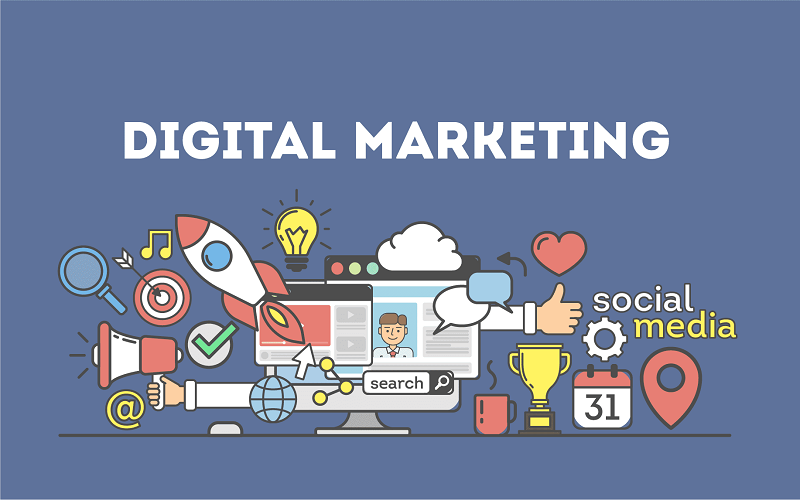29
Sep
Mobile optimization and responsive design are critical aspects of website design and optimization in the realm of digital marketing. With the increasing prevalence of mobile devices, it is essential to ensure that your website delivers a seamless and engaging user experience across different screen sizes. Here's a closer look at mobile optimization and responsive design: Responsive Design: Responsive design is an approach to web design that aims to provide an optimal viewing experience across a wide range of devices and screen sizes. It involves designing and developing your website to automatically adapt and adjust its layout, content, and elements based…









